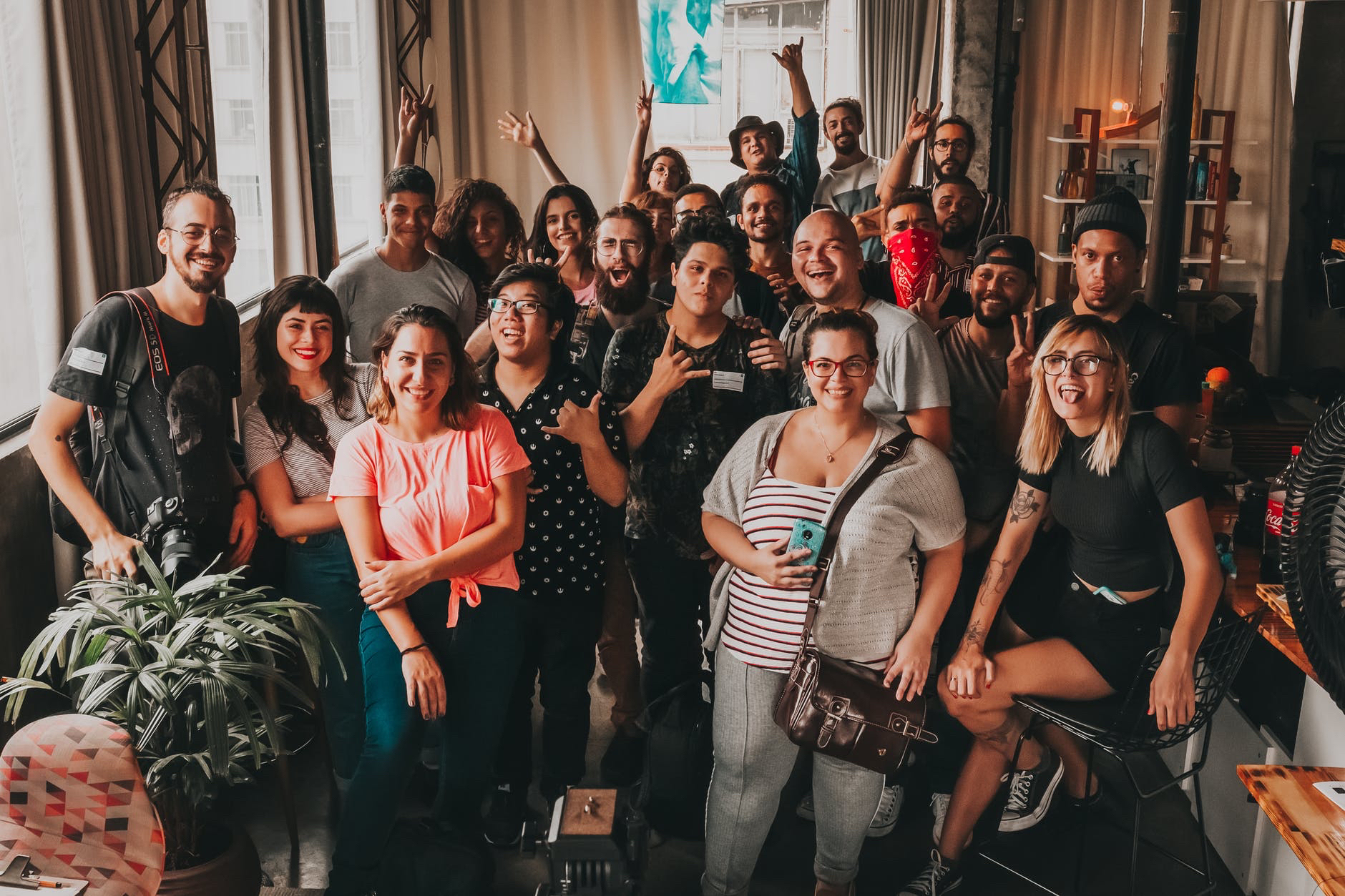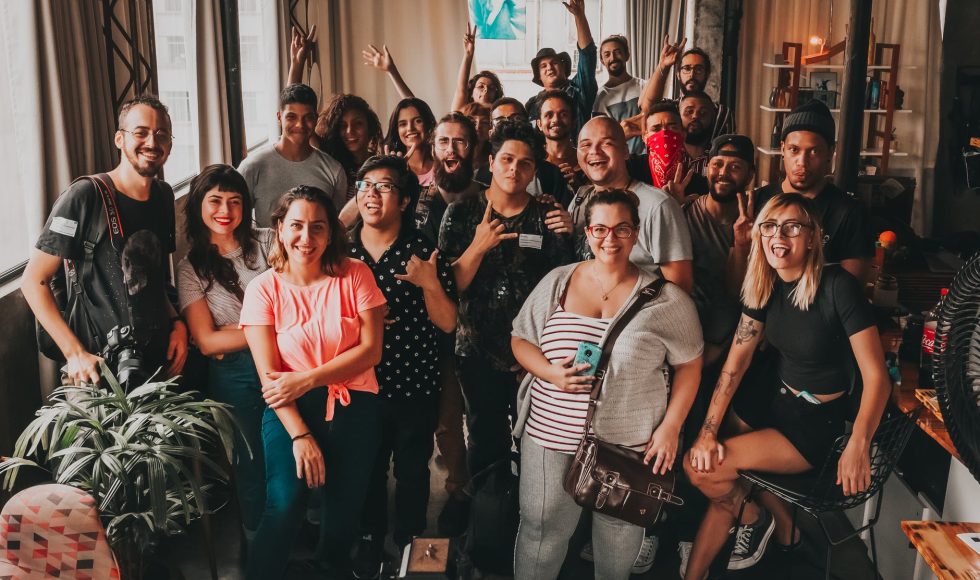In another fun asynchronous Lilly Conference session on faculty development, Steven Eberth and Lisa Singleterry from Western Michigan University presented on faculty learning communities and communities of practice. I love how they started by building online community with a graphic of equality and equity (fence with kids of different heights, in one case using different blocks to watch a game over a fence) and that we all differently and engage differently and it is ok. They then mentioned Dr. Brené Brown (and the book I listened to recently Daring Greatly) and had a slide entitled “Environment of Wholeheartedness” emphasizing three points: this is a shame-free environment where ideas are encouraged, a comparison-free environment where we all have ideas and contributions, and an engaged environment where we can take risks to learn. I love this and will try to start presentations in a similar way… or courses! They then defined communities of practice as groups of people with a common concern, regular meetings to learn. A faculty learning community is more structured and formal. Cox 2018 was mentioned as providing guidelines including size of groups. Faculty Learning Communities are more structured, focused on SoTL, and have a deliverable product while communities of practice are more variable and the deliverable is better more reflective teaching. The presenters described a community of practice that developed and at one stage was a faculty learning community. They read common teaching books such as Small Teaching (J. Lang 2016) and Teaching for Learning (Major et al. 2016). The group had meetings with food and a grant to bring in the authors. At one point, they included a Canadian university group! During the pandemic, they held virtual meetings. Importantly, they had structured reflective practices. Eberth mentioned reflecting in tranquility and in the midst of action, from a quote from Schön 1987. This ties into the Reflective Teaching module I just completed from the RED Teaching Certificate I am working towards! I loved their explanation of Driscoll’s reflection strategy: a simple three step refkective cycle. As mentioned by Eberth citing Driscoll 1994:
- What? What happened, what did you see, what was your reaction?
- So What? What did you learn/pros/cons/feelings and explore a couple of issues or ideas.
- Now What? What steps will you take to improve?
This process can be reflective in action or or in tranquility. They used this and defined survey questions to assess the impact on teaching practices of the faculty members involved in this community. The speakers presented several quotes, and overall members of the community liked the sense of community, diversity of topics, and focus on improving teaching. I was particularly impressed by the effect of setting the tone for building a welcoming community: civility and community were mentioned by participants. I now want to use the Driscoll reflection cycle and way of starting conversations with equity and wholeheartedness prominently stated at the beginning!



